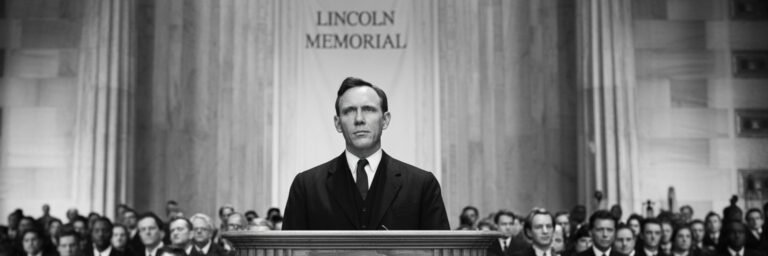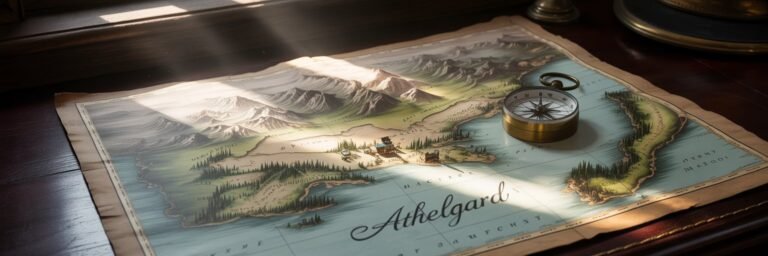INTRODUCTION
There exists an empire in the annals of history that looms more significant than any other, claiming territories that spanned from the British Isles to the furthest reaches of present day Turkey. This great entity was known as the Roman Empire. Its veritable puzzle pieces of the past continue to bewilder and captivate historians today, causing them to sift for answers in the remnants of its grandeur. In this exploration, we delve into the complex heart of the Roman Empire, probing the secrets of its success, its dramatic fall, and the potent symbols that have shaped how we perceive Western civilization.
HISTORICAL BACKGROUND
The birth of the Roman Empire hearkens back to 27 BC, under the helm of its first emperor, Octavian, who later assumed the name, Augustus. He spun the turbulence of his predecessors’ republic into a monarchy masked as a republic, convincing the citizens that power remained in their hands. His long reign ushered an era of peace known as Pax Romana, which lasted until 180 AD.
The Empire scaled unprecedented heights, pioneering in the arts, literature, architecture, law, and impressive infrastructural systems. But the zenith of Roman culture was complemented and tainted by corruption, political histrionics, and bloody spectacles in the Colosseum. The Empire itself was a complex machine, powered by external conquests and internal turbulence. However, it was invincible until it was not.
THEORIES AND INTERPRETATIONS
Numerous theories have been postulated to explain the Roman Empire’s downfall, each holding a prism to the kaleidoscope of Roman history. Edward Gibbon, the famed 18th-century historian, argued in his magnum opus, “The Decline and Fall of the Roman Empire,” that the Empire’s withering was primarily due to the moral decay and the virulent influence of Christianity, which he believed weakened soldiers’ martial spirit.
Challenging Gibbon’s interpretation, 19th-century Italian historian Guglielmo Ferrero foregrounded political corruption and elite decadence instrumental in the Empire’s collapse. More recently, some historians have pointed fingers at other culprits: the pressure of barbarian invasions, incessant civil wars, economic recession, and even climate change and diseases.
MYSTERIES AND CONTROVERSIES
Why the Roman Empire fell remains replete with controversy and mystery. Was Rome too large to manage, succumbing to its geographical stretch and diverse populations? Or was it the parasitic opulence of the aristocrats draining the economy?
Doubt also shrouds over its religious aspect. At the time of Constantine’s conversion in 313 AD, Christianity became the Empire’s dominant faith, replacing ancient Roman gods. This sudden religious transformation has puzzled historians for ages—is it truly possible for an empire to convert its religious affiliations overnight?
Then there’s the Burning of Rome incident in 64 AD during Emperor Nero’s reign. It is uncertain whether Nero orchestrated the fire to make way for his royal palace or if the Christians plotted it—an enigma that still incites debates.
SYMBOLISM AND CULTURAL SIGNIFICANCE
The collective imagination of the Roman Empire permeates contemporary culture. Its iconography, from gladiators to togas, from the Colosseum to aqueducts, hold a symbolic weight. The Colosseum constructed under Emperor Vespasian’s rule became an emblem of Roman grandeur and violence, a testament to their architectural prowess and enjoyment of spectacle.
Moreover, Roman Law, arguably the Empire’s most significant and enduring legacy, is reflected today in modern legal codes—demonstrating our cultural indebtedness to Rome. The Latin language, though considered a “dead” language, infuses into various spheres of life, spanning law, science, religion, and etymology.
MODERN INVESTIGATIONS
Current archaeological ventures illuminate fresh prospects on Roman history. Ongoing excavations in the heart of Rome, beneath the layers of modern infrastructures, reveal intricate details about the Empire’s everyday life, from wine-trade to sanitation methods.
In the realm of academic history, modern investigations polarize between continuity theory and catastrophe theory. Some historians argue for a seamless transition from Roman to medieval Europe, while others insist on a violent, disruptive end to the Empire, closely tied to the attacks of the barbarian tribes.
Advancements in technology, such as Ground Penetrating Radar (GPR) and Light Detection and Ranging (LiDAR), yield promising results in unearthing archaeological finds and mapping Roman infrastructures, thus challenging traditional theories.
LEGACY AND CONCLUSION
Stand on a hilltop overlooking Rome, and you’ll witness the legacy of the Roman Empire stretched out before you. Medieval churches, enactment of Roman Law, Latin phrases carved in stone and parchment, and busts of emperors overlooking century-old piazzas are all symbols of an empire that refuses to die.
Despite its underlying mysteries, one thing’s for sure—the Empire’s downfall was not an end but a transformation. As 4th-century philosopher Augustine reflected, Rome might have physically declined, but it bequeathed its spirit that continues to echo in Western civilization. Paradoxically, the Roman Empire survived its own downfall, carving a profound impact on the world.
The mystery of the Roman Empire, then, is as much about its life as its death. It lies in the empire’s ability to inspire, to transform, and to persist beyond its chronological lifespan, across the pages of history and into the future. How such an empire rose, sustained, and fell leaves us grappling with proof, theories, and interpretations, reminding us how complex, frail, and versatile the fabric of civilization can be. It cautions us about the ephemeral nature of power, yet celebrates the enduring might of cultures, making the enigmatic Roman Empire an immense theater of human achievement and frailty.






